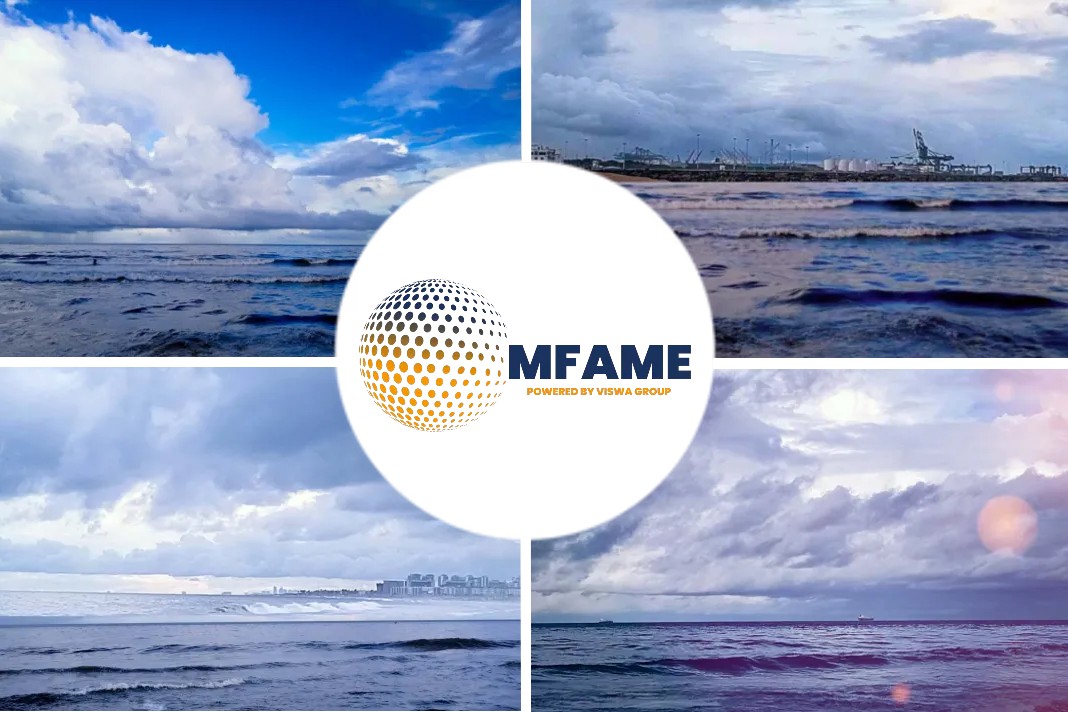- John P. Dooley discussed on IMO standards and recent IMO and Coast Guard regulatory requirements, along with IMO’s MEPC committee decision of early commissioning testing.
- The new regulations of the leading ballast water management system operator has new IMF type approval for its system under the new tougher standards.
- G8 regulations call for the equipment to meet more stringent environmental standards for tested in three different categories.
- The implementation of ballast water regulations and ballast water systems in the ship should have the least effect on the crew and the operations of the ship.
On a podcast in Maritime log, John P. Dooley, the president and co-founder of Choice Ballast Solutions, expressed his views on IMO standards and recent IMO and Coast Guard regulatory requirements. He also spoke about IMO’s MEPC committee decision to endorse early commissioning testing.
Choice Ballast Solutions
Choice Ballast Solutions supports all phases of ballast water management planning and retrofitting and delivers effective installation and compliance project oversite.
Testing and validation of the software
Quoting the seventy fourth session of IMO’s Marine Environment Protection Committee, he said that systems on commissioning is one of the best ideas coming out of the committee.
This will help in testing and validation of the software prior to the installation of a system, where it validates all the different signals and controls of the system.
Also the functioning of sensors could be ensured. “I think it’s a great idea that the systems would be tested on commissioning and validated so operationally,” said John.
However, the operational aspects of the system. It’s just a final step in the process of the installation and startup of the system.
U.S. Coast Guard regulatory requirements
On being asked about the recent IMF and U.S. Coast Guard regulatory requirements, John replied that the process happens though EPA regulations. There will be a two year implementation period, during which interested parties are invited to share their views.
Vito has the opportunity to sort of harmonize the regulations within the U.S. between the EPA and the Coast Guard and rather than having two separate sets of regulations.
The HMS explorations is a different matter where the alternative management systems which were allowed as a stopgap measure by Coast Guard were to be used until the system maker could get the Coast Guard type approval itself.
So those companies who have M.S. systems onboard need to be sure that they get a new certificate from the company once their M.S. certificate expires and that they get a new nameplate.
The updates for the system as required to meet the Coast Guard type approval certificate. So that’s a process that the company will have to go through once it comes up against it.
Issues around Coast Guard extensions
Choice Bell Solutions has done quite a lot of work with the Coast Guard to help ship owners to manage their implementation requirements and their compliance states so that they can get systems that work and meet their operational requirements in a timely manner.
And Coast Guard is now tightening up. They’re taking steps toward compliance and they have signed contracts with engineering firms and with ballast water makers.
The new regulations of the leading ballast water management system operator has new IMF type approval for its system under the new tougher standards. The penalties of ballast water not meeting the standards worries the investors.
Revised G-8 standards
The most important thing with the new revised G-8 standards is that the equipment will have to meet more stringent environmental standards for the control systems, the electronics, the sensors, as well as data systems will have been tested in three different categories rather than in the prior G-8 regulations.
There are two aspects to the new regulations:
- The systems and the control systems themselves will be more robust than the prior type improved systems.
- And secondly there being more assurance that the systems will work in all three salinity of water rather than just two.
John said, “I don’t think that someone who has a system under the old G8 regime should be worried, they should be prepared and that their ballast water management plan and the contingencies in their plan“.
The manufacturer should be able to make sure that that all the implementation adhere to the standards. The implementation of new technology in the maritime sector is really a collaboration, not just between the engineering company the integration company and the main factory, but also the ship owners and other stakeholders in the market.
Minimal effect on the crew and Ship operation
John explained that the process of coming into compliance with the entire market is an iterative step by step process where each stakeholder, whether it be the ship owner or the engineering firm or the maker, learn something to do that’s better.
These things are learnt by working together “elbow to elbow” and implementing changes that have a positive effect on the ship’s operation and the crew. The implementation of ballast water regulations and ballast water systems in the ship have the least effect on the crew and the operations of the ship.
John concluded that they are always looking for ways to minimize the effect of the implementation to meet the standards on the crew and on the ship’s operations.
Did you subscribe to our daily newsletter?
It’s Free! Click here to Subscribe!
Source: Marinelog
















